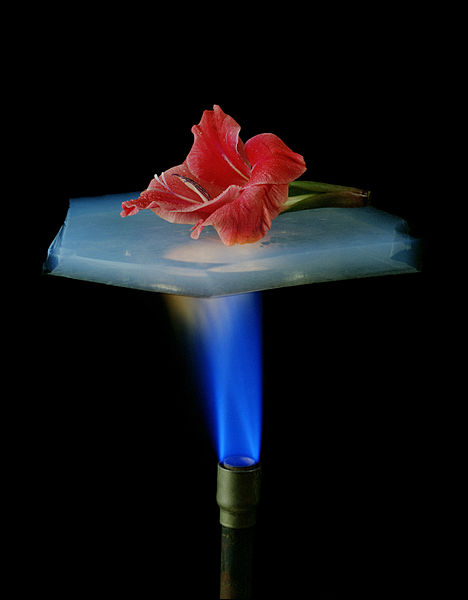
By Bhanu Agarwal, Staff Writer & Researcher for Save The Water™ | November 30, 2018
Plastic waste – Global concern, A Two-Pronged Approach, Including technology
Plastic is everywhere: plastic litters landscapes, clogs rivers, and forms islands in the ocean such as the Great Pacific Garbage Patch. At the same time, plastic fibers continue to poison marine life and humans. For example, studies have found that 94 percent of our drinking water and 93 percent of sampled bottled water worldwide are full of plastic particles and chemicals. Many of these chemicals are linked to cancer, premature puberty, reduced immunity, birth defects, endocrine disruption, insulin resistance, and other major diseases.1 But banning plastic material can’t solve this global problem. So, what can? A holistic approach may solve this problem. This plastic pollution solution includes limiting single-use plastics and new technologies. Many scientists are researching whether we can turn plastic into fuel,2 fibers, or construction material. Here, we will talk about a new technology to combat this water problem: turning plastic bottles into a supermaterial called aerogel.
Plastic Pollution Solution: Recycle Plastic Waste to Supermaterial Called Aerogel
Manufacturers commonly make plastic bottles from polyethylene terephthalate (PET). Overall, PET ranks as the most recycled plastic in the world. In sum, there is a lot of PET from plastic bottle waste. As a result, what we do with this plastic matters a lot for how much pollution ends up in our water. So, what could we do with this kind of plastic?
Take a super-material with many applications called “aerogel.” In short, aerogel is a see-through, very strong solid that is a gel with the liquid taken out of it and air/gas put into it.3,4 Recently, a team at the National University of Singapore developed PET aerogels that are derived from plastic bottle waste. In sum, these PET aerogels are soft, flexible, durable, extremely light, and easy-to-handle.
Because plastic bottle waste is among the most common types of plastic waste, the National University of Singapore team focused on that problem. According to Associate Professor Duong, the team developed “a simple, cost-effective and green method to convert plastic bottle waste into PET aerogels for many exciting uses.”5 For example, with this method, one plastic bottle can be used to produce an A4-sized PET aerogel sheet. What’s more, this technology can be scaled for mass production easily.5
The Supermaterial Called Aerogel has Many Uses
Equally important, people can use ultralight aerogels for many commercial purposes:
-heat insulation
-sound insulation
-oil spill cleaning
-lightweight lining for firefighter coats
Perhaps most importantly, aerogels can be used for carbon dioxide absorption masks that could be used during fire rescue operations and fire escape.5
What We Need to do to be Part of the Plastic Pollution Solution
Now, we know that recycling alone, in its present form, does not work to fix our water pollution problem. Which is to say, we could stop using plastics. In addition, we must find other ways to dispose of plastic waste in a more sustainable way. As shown above, reprocessing the plastic using technology would help cut the amount of waste that ends up as pollution in our water.
But, long-term, even if we recycle plastic bottles through using this new technology to make it aerogels, we will still be shedding millions of microfibers and microplastics by washing synthetic clothes and wearing down tyres.6 Instead, we need to explore more possible alternatives like re-using plastics in large-scale engineering projects such as road and building construction.
What you can do to be part of the plastic pollution solution:
- Stop using plastic bottles to reduce.
- Use the least amount of plastic that you can.
- Try to only use reusable plastic.
- Try to wear natural fabrics.
- Support innovative water treatment technologies.
- Share this information with your family, friends, and neighbors.
- You can learn more about STWTM’s innovative water treatment technologies here and here.
References
- Chris Tyree and Dan Morrison. 2017. “Invisibles: The plastic inside us.” https://orbmedia.org/stories/Invisibles_plastics/
- Jacopo Prisco. July 21, 2016. “Scientists turn old plastic bottles into fuel.” CNN. https://edition.cnn.com/2016/07/21/world/turning-plastic-into-fuel/index.html
- Tori Woods. July 28, 2011, last updated Aug. 7, 2017. “Aerogels: Thinner, Lighter, Stronger.” NASA. https://www.nasa.gov/topics/technology/features/aerogels.html
- Merriam-webster. “aerogel.” https://www.merriam-webster.com/dictionary/aerogel
National University of Singapore. November 2, 2018. “Researchers turn plastic bottle waste into ultralight supermaterial.” ScienceDaily. www.sciencedaily.com/releases/2018/11/181102095455.htm - Francesca De Falco, et al. May 2018. Evaluation of microplastic release caused by textile washing processes of synthetic fabrics. Environmental Pollution, 236: 916-925. https://www.sciencedirect.com/science/article/pii/S0269749117309387?via%3Dihub

